Monster Hunter: Wilds is the first entry for the 6th generation of Monster Hunter, and is a direct successor to Monster Hunter: World, the best-selling game in Capcom’s long and storied history. This game definitely had giant shoes to fill, so how did it do?
Gameplay
First off, the gameplay is still as polished as ever and remains the highlight of the game. Monster Hunter always had impeccable gameplay, and it feels just as good if not better than ever.
In Monster Hunter: Wilds, a new mechanic, Focus Mode is introduced. This allows hunters to target specific sections of the Monster in order to apply a ‘Wound’ more consistently by attacking the same area. Once a Wound is formed, Hunters can initiate a ‘Focus Strike’ on the Wounds to deal a specialised attack, which is unique for every weapon and can only be performed on Wounds, dealing a huge amount of damage, effectively bringing the hunt closer to its end.
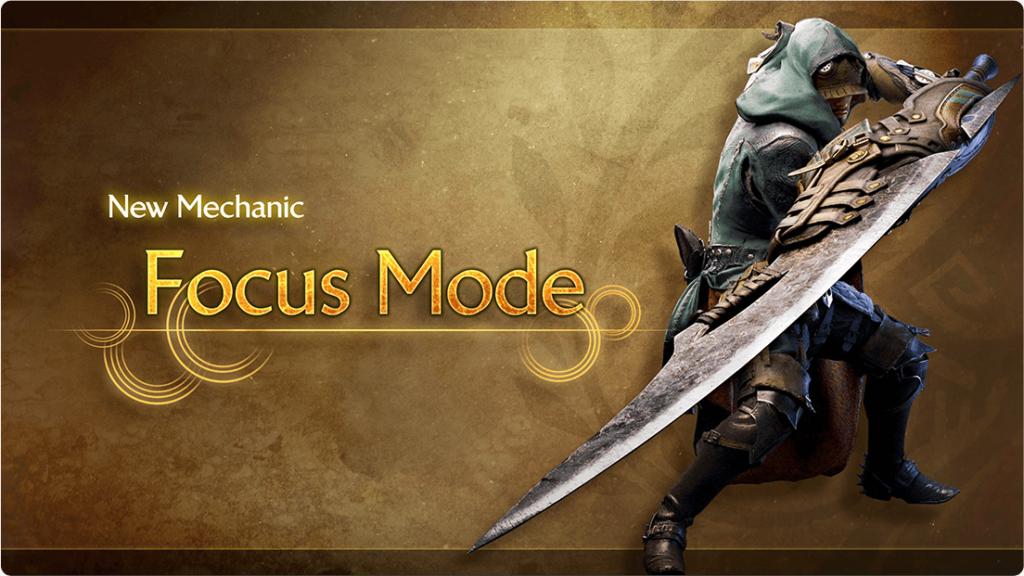
All 14 weapons have had minor tweaks or some degree of adjustment to further enhance the already polished gameplay of Monster Hunter, perfecting this tried and true format to perfection. While it has been more than 10 years since they introduced a new weapon type, there are enough new mechanics and quality of life changes to make even the most seasoned players hooked on this perfect gameplay loop.
The other half of the gameplay experience aside from the weapons are the Monsters. The Monsters are varied in their designs, with some new bangers like Rey Dau and Arkveld. Accompanying the cool designs are also the heart-pumping, high-action fights against these monsters. Their moveset keeps you on your toes at all times and the music during these fights just seals the entire package with a nice little ribbon.
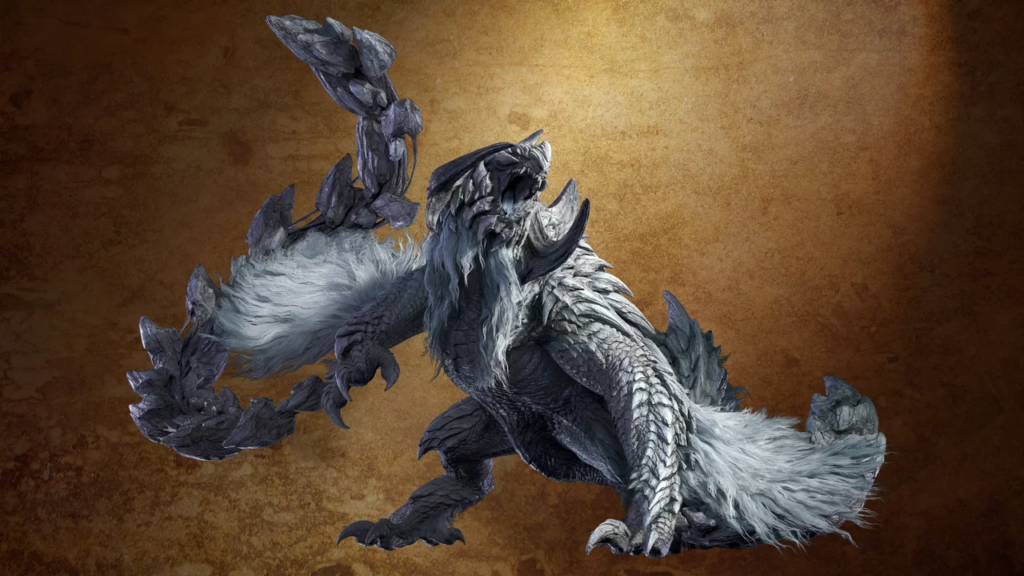
Perhaps the one thing that may disappoint many veterans of the series is the difficulty, as I’ve seen many veterans are calling this game ‘too easy’. However, personally having gone through so many of this series’ past titles, I am used to how the beginning of the game is often too easy if you have any decent past exposure to the series. Most, if not all complaints about the game being too easy are often fixed in an expansion or an ‘Ultimate’ version for past games, and I’d suspect it is the same for this game.

Story & Open-World Design
The other controversy about the game, aside from its difficulty, is the story as well as its open-world implementation. The main story of this game is much more heavily emphasised in MH Wilds when compared to its predeccesor, with many ‘walkie-talkie’ sections sprinkled throughout the main campaign, locking players in a slow walk with the characters just talking.
To further emphasise how this title is distinct from MH Worlds, the protagonist is no longer silent, and actually has voiced and spoken dialogue. This is even the case for your Felyne companion, now having spoken words instead of its usual meows. (Luckily, there is an option to change your Felyne companion back to its meowing – the objectively superior option.)
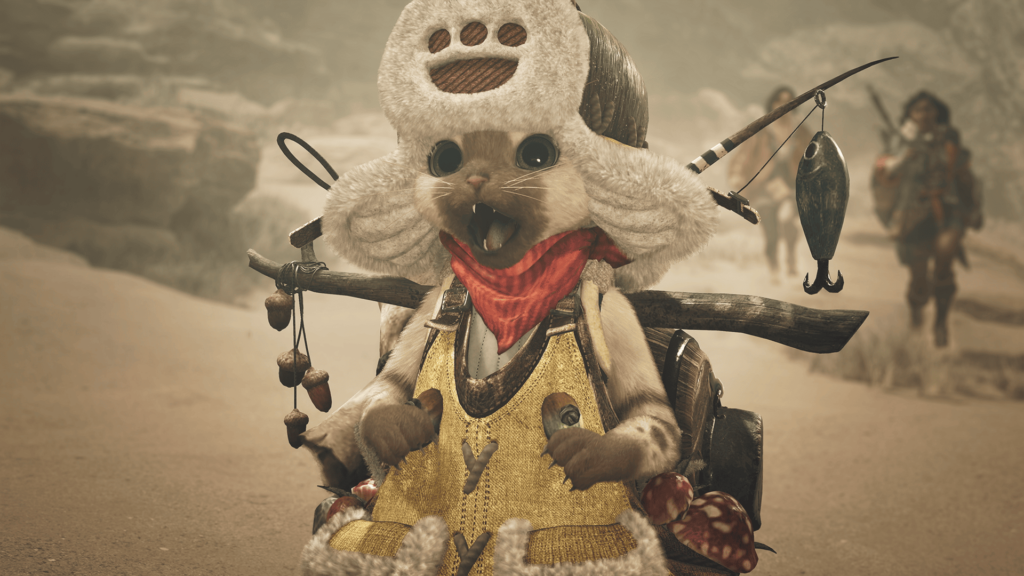
I do agree that the main story may take away player agency in many sections. However, I think the main story is a lot more well paced compared to World and the duration it takes to clear the main story shows it, with Wilds taking half the time to complete compared to World. This main story in Wilds is also a lot more ‘tutorialised’, where the main story serves as an extended tutorial for newcomers to the series, putting attention into where it matters – the combat experience.

Past the first few quests where they teach you some basics in navigating the world and gathering, the main story in Wilds is just non-stop combat. In the past, the series has a bad habit of placing a lot of non-combat quest in the front section of the game to teach players about the gathering segments of the game. They have gradually reduced the importance of these quests (to the dismay of some players), and placed more attention into where players spend most of their time on this game, the combat. This new approach may remove some player agency in the beginning, but returns a lot of freedom to the players a lot faster.
The open-world approach of this game is probably an attempt in making the world more modern and contain less loading screens overall. Personally I don’t think I have engaged in this modern take in any meaningful way. I am still accepting quests from my friends through the quest board and going through a loading screen to join them.
However, I did notice the main story plays a little more smoothly with the lack of loading screen, and that might just be enough for some to justify this new approach. Casually walking out of base camp without any quests attached to start a hunt feels seemless as well. While I may not have engaged with the new open-world concept very well, having reduced loading screens overall is great in general.
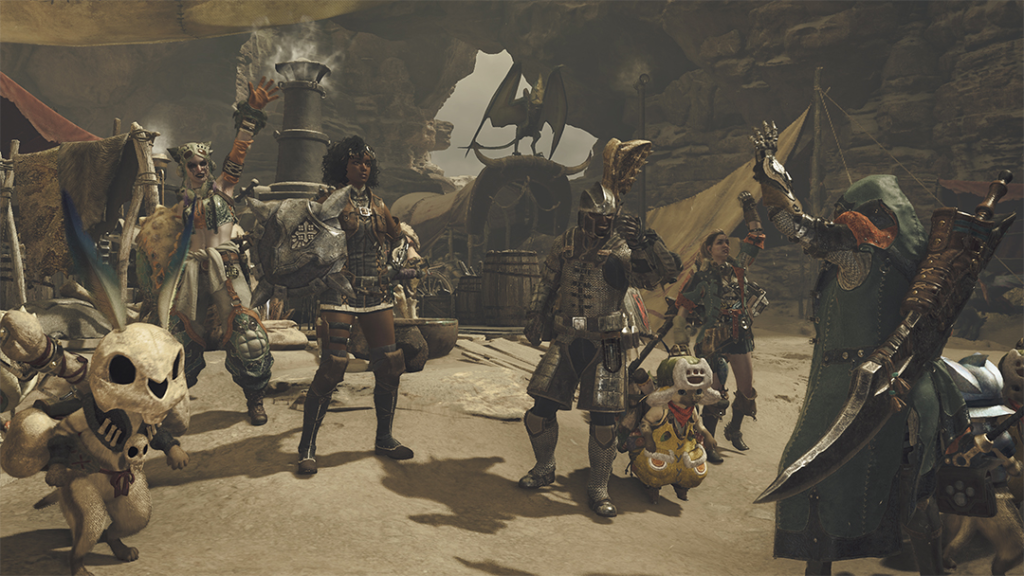
However, this new open-world concept has greatly impacted the online play experience and made it unneccesarily complex. There’s several ways to engage in online play: Lobby, Link Party, Environment Link, and Squad. Each of these are distinct in some form or the other, but the game never made its distinctions clear, causing much confusion among the playerbase. The UI/UX navigating these options are also confusing and unintuitive, making the issue worse. These are all just symptoms of the endless menu and a lack of a ‘gathering hub’ like in past games, making the overall experience to play with friends infuriating when you’re first starting out.
Performance
By far, the biggest controversy surrounding Wilds’ launch is the game’s performance and how it is not optimised at all. Many players aren’t able to run the game at any decent balance of quality and performance. This is especially the case for PC players who appear to run worse than their console brothers.
Many have speculated to the cause of the unoptimised mess. Some blamed it on the engine the game is built and run on, saying the RE Engine not built for open-worlds, using Dragon’s Dogma 2 as an example. Others blamed it on a rushed timeline to push an unfinished product out to meet Capcom’s revenue targets, set to fiscal year ending March 31, 2025.


Whatever the true cause may be, the game does not run well even on some of the best consumer tech available today, and everyone is forced to utilise both frame generation and upscaling AI technology in order to achieve a decent gameplay experience. It remains to be seen whether this issue will be fixed with updates down the line, and there has been no official confirmation if Capcom is actively working on these issues.
If gameplay performance is of a huge concern to you, I would recommend to either do your own research to see if your device can handle it, or run the benchmarking tools provided by Capcom before making any decisions.
Conclusion
Overall, the series is just as good as ever, though it may not be perfect and having a lot of room to improve upon. However, when has any Monster Hunter been perfect? We are not here for the perfect game, we’re here to hunt Monsters together, and that experience in Wilds is second to none, and that’s all that truly matters.
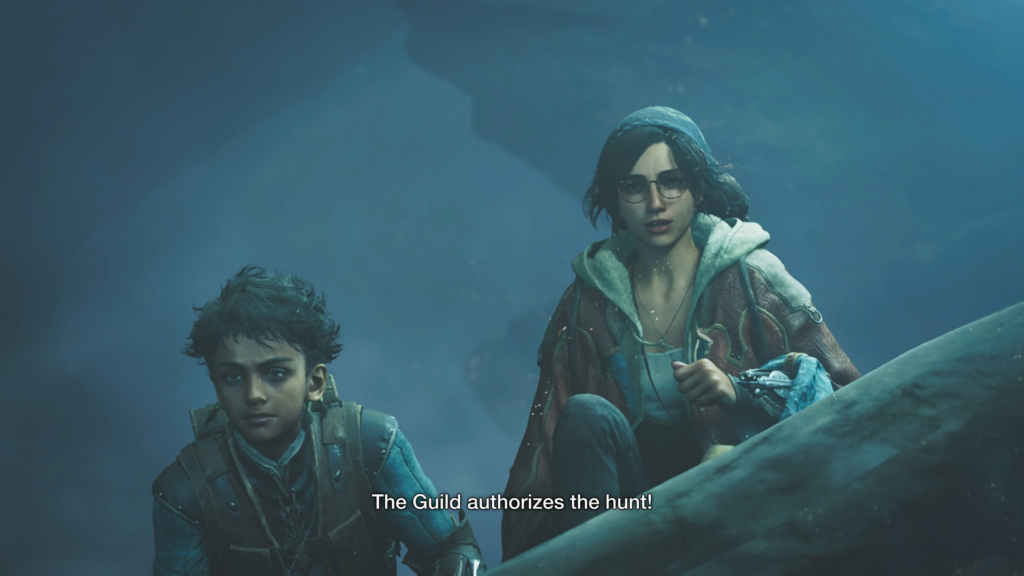
That’s all for my review, I’ll see you guys in the Forbidden Lands and the Guild authorises you to Hunt your next Monster!







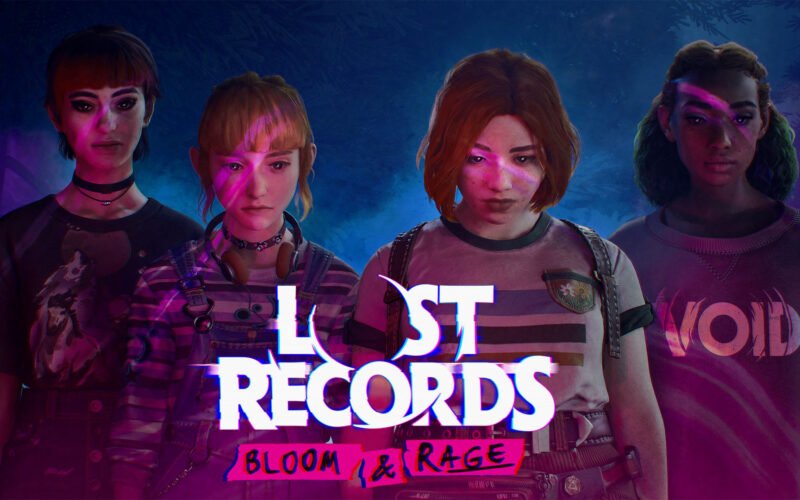
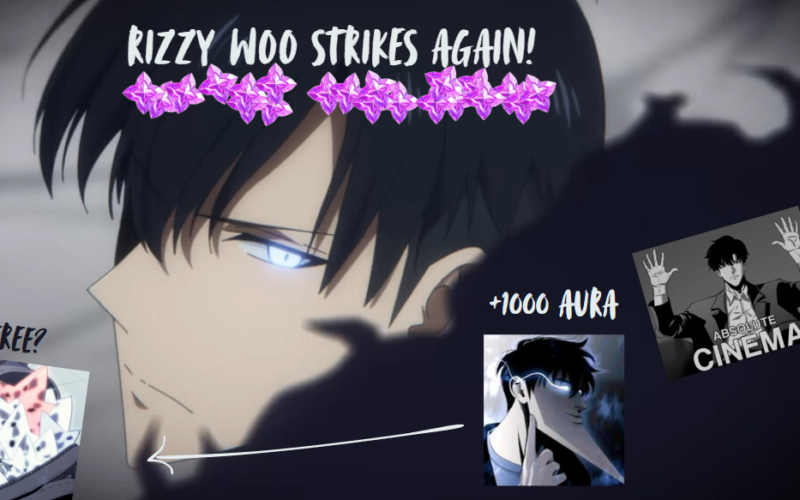




Comments 1